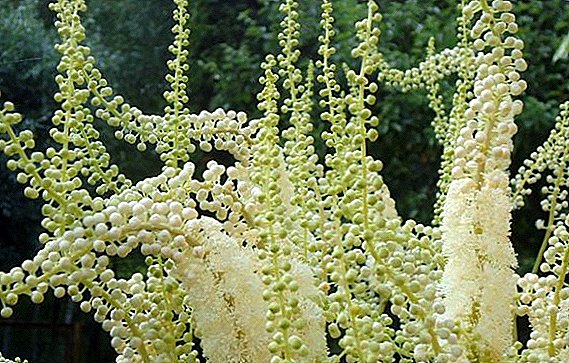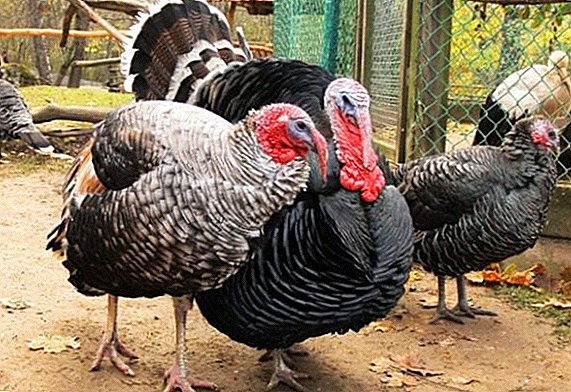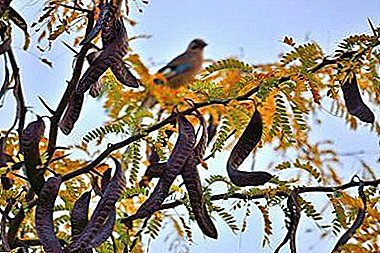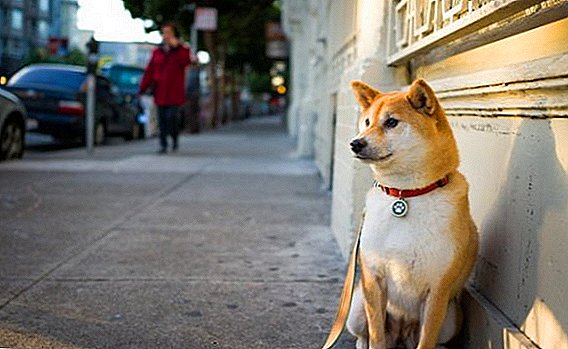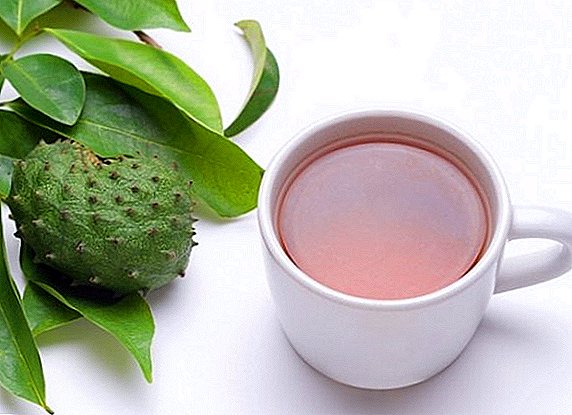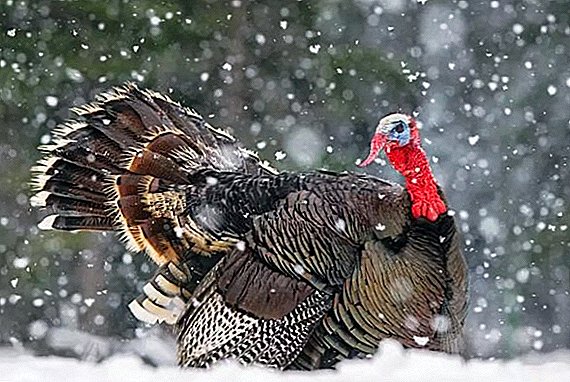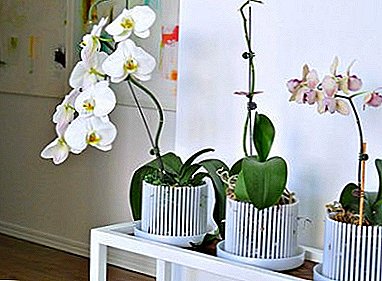
The choice of a pot for a houseplant causes many people difficulties and this is justified. The pot should not only fit into the interior, but also meet a number of requirements. First, consider the size of an adult plant. Secondly, the purchase should take into account the peculiarities of the root system. And of course, do not forget about taste preferences.
Choosing a phalaenopsis pot is much more complicated. This is due to the fact that orchids are exotic plants, so you should take into account these features.
The importance of choosing the right one
Phalaenopsis is very difficult to create a natural habitat at home., the plant has to adapt, so the owner of orchids just need to facilitate the process of adaptation to life in the apartment.
What should provide?
What kind of pot is needed to plant phalaenopsis? Orchid pot should be selected based on several conditions:
 The size of the pot must match the size of the roots. A free pot is not suitable for an orchid, so when you transplant a plant, you should buy a capacity of 1 cm larger diameter than the previous one.
The size of the pot must match the size of the roots. A free pot is not suitable for an orchid, so when you transplant a plant, you should buy a capacity of 1 cm larger diameter than the previous one.- Phalaenopsis roots are very bad for overwetting, so containers with a large number of drainage holes are suitable for growing this plant.
- The development of the root system is adversely affected by the drying out of the soil. On this basis, it is possible to make drainage holes in the pot not only from the bottom, but also on the sides for better ventilation of the roots.
- It is better to choose a pot that is transparent in order to provide access to light. This condition is explained by the participation of phalaenopsis roots in the process of photosynthesis, they receive the necessary nutrients from light and air.
Main settings
Material
- Glass pot - ideal when choosing a clear pot, but do not forget that it is impossible to make drainage holes in it. This minus of this material will require a lot of experience from the orchid owner to ensure the optimal size of the drainage layer and sufficient watering.
- Plastic pot - ideal for growing phalaenopsis. It is very easy to find transparent plastic and make drainage holes in it. But this option also has a minus, it is very light, therefore it is not capable of providing the plant with the necessary stability. This option requires additional pots.
- Ceramic pot - not the best option. Despite the fact that the porous structure is optimally suited to ensure moisture and air exchange to the roots, it adversely affects the development of the plant. After some time, the roots may grow to the surface of the pot, and during transplantation they are easily injured, which leads to disease and death of the plant. After irrigation, salts remain on the walls of the pot, which also adversely affect the health of phalaenopsis.
- Clay pot - Another option when choosing a material for the pot.
It is necessary to choose a light pot so that it does not heat up, and the roots do not overheat.
The size
When choosing a suitable phalaenopsis pot should pay attention to the size of the pot:
 The height of the pot for the plant must be equal to the diameter. If necessary, you can add to the pot pots. It should be borne in mind that there should be a free space of 1-2 cm between the pot and the pot.
The height of the pot for the plant must be equal to the diameter. If necessary, you can add to the pot pots. It should be borne in mind that there should be a free space of 1-2 cm between the pot and the pot.- As mentioned above, phalaenopsis does not need a lot of freedom, so the volume of the pot must correspond to the size of the root system and the earth clod.
- No need to buy a container with a narrowed throat, it can lead to injury of the roots during transplantation.
What containers can not be purchased?
There are several tanks in which in no case can one plant phalaenopsis:
- Pot of unfired ceramics It should not be acquired for phalaenopsis disembarking, because roots sprout into the container surface, which leads to injury of the roots during transplantation.
- Oblong pot deprives the plant of good moisture and breathability, it is better to choose round, square or multi-faceted forms.
Step-by-step instruction: how to choose correctly in order to transplant?
Clay
When choosing a clay pot should pay attention to:
- Colour. It is better to choose the white or light color of the clay, because the clay heats up quickly, which leads to evaporation of moisture and drying of phalaenopsis.
- Wall finish. The walls of the tank should be smooth. To reduce the likelihood of accretion of roots to rough walls.
- Holes. A prerequisite is drainage holes, they must be located not only at the bottom, but also on the walls.
Plastic
Despite all the advantages of a plastic pot, do not forget about some of the subtleties of choosing a phalaenopsis container:
- Resilience. As mentioned above, to ensure the sustainability of the plant can be placed in a pot pots.
- Holes. In the absence of drainage holes, you should pay attention to the quality of plastic, so that when drilling holes it does not crack.
- Colour. It is worth choosing a transparent pot.
Glass
A glass pot requires a lot of experience from the owner of the phalaenopsis, so if the choice fell on the glass, it is necessary to provide the necessary moisture and breathability for the plant.
Important! With low humidity in the room glass container - this is a great option to avoid over-wetting the plant.
A photo
Then you can see the photo, what pots are needed for orchids:





How to do it yourself?
Advantages and disadvantages
pros:
- A pot with your own hands can be made ideally suited to the plant and the conditions in the apartment, providing Phalaenopsis with the necessary humidity, light and temperature.
- No need to bypass a large number of stores in search of a suitable pot.
Minuses:
- If this is the first self-made pot, the process will take a long time.
- The pot can turn out not at all as desired due to lack of experience.
Should I do the capacity on my own or is it better to buy?
If you wish, you can try to make the pot yourselfperfect for a particular plant. In order not to be disappointed in the result, you need to soberly assess your strength and skills.
Preparation of materials and tools
- Choose a suitable plastic container: food container or any bottle that matches the size of the root system.
- Rinse the container thoroughly.
- Heat a knife or nail.
Manufacturing
- Drill drainage holes in the bottom and walls of dishes. For this, a drill or a hot nail or a knife will do.
- Place a champagne cork in the middle of the bottom to improve air exchange in the vessel.
- Decorate the container with sprigs, wires, netting, cloth or other materials at hand, depending on design preferences.
Errors and fixes
 Phalaenopsis is a plant that reacts very poorly to a transplant, so it should only be transplanted in extreme cases:
Phalaenopsis is a plant that reacts very poorly to a transplant, so it should only be transplanted in extreme cases:
- Moisture stagnates in the pot - this can lead to the decay of the horse system.
- Bad air exchange - can lead to the death of the plant, but if the phalaenopsis looks healthy, then transplantation is not necessary, the main thing is not to pour orchid.
- A small pot is not a problem for phalaenopsis. If the plant is leaning under the weight of the peduncle, you can put the pot in pots and transplant only after flowering.
- Too large a pot requires immediate replanting to avoid rotting of the roots.
Choosing the right pot and appropriate growing conditions will bring the necessary results, in the form of a spectacular flower. If you follow all the rules of phalaenopsis care, you will certainly grow a healthy and beautiful plant.


 The size of the pot must match the size of the roots. A free pot is not suitable for an orchid, so when you transplant a plant, you should buy a capacity of 1 cm larger diameter than the previous one.
The size of the pot must match the size of the roots. A free pot is not suitable for an orchid, so when you transplant a plant, you should buy a capacity of 1 cm larger diameter than the previous one. The height of the pot for the plant must be equal to the diameter. If necessary, you can add to the pot pots. It should be borne in mind that there should be a free space of 1-2 cm between the pot and the pot.
The height of the pot for the plant must be equal to the diameter. If necessary, you can add to the pot pots. It should be borne in mind that there should be a free space of 1-2 cm between the pot and the pot.